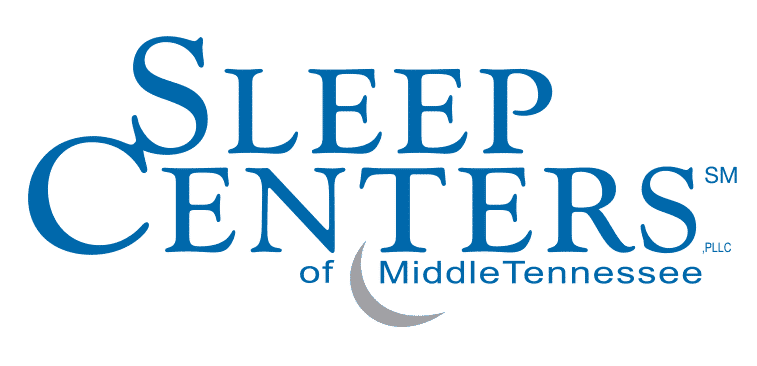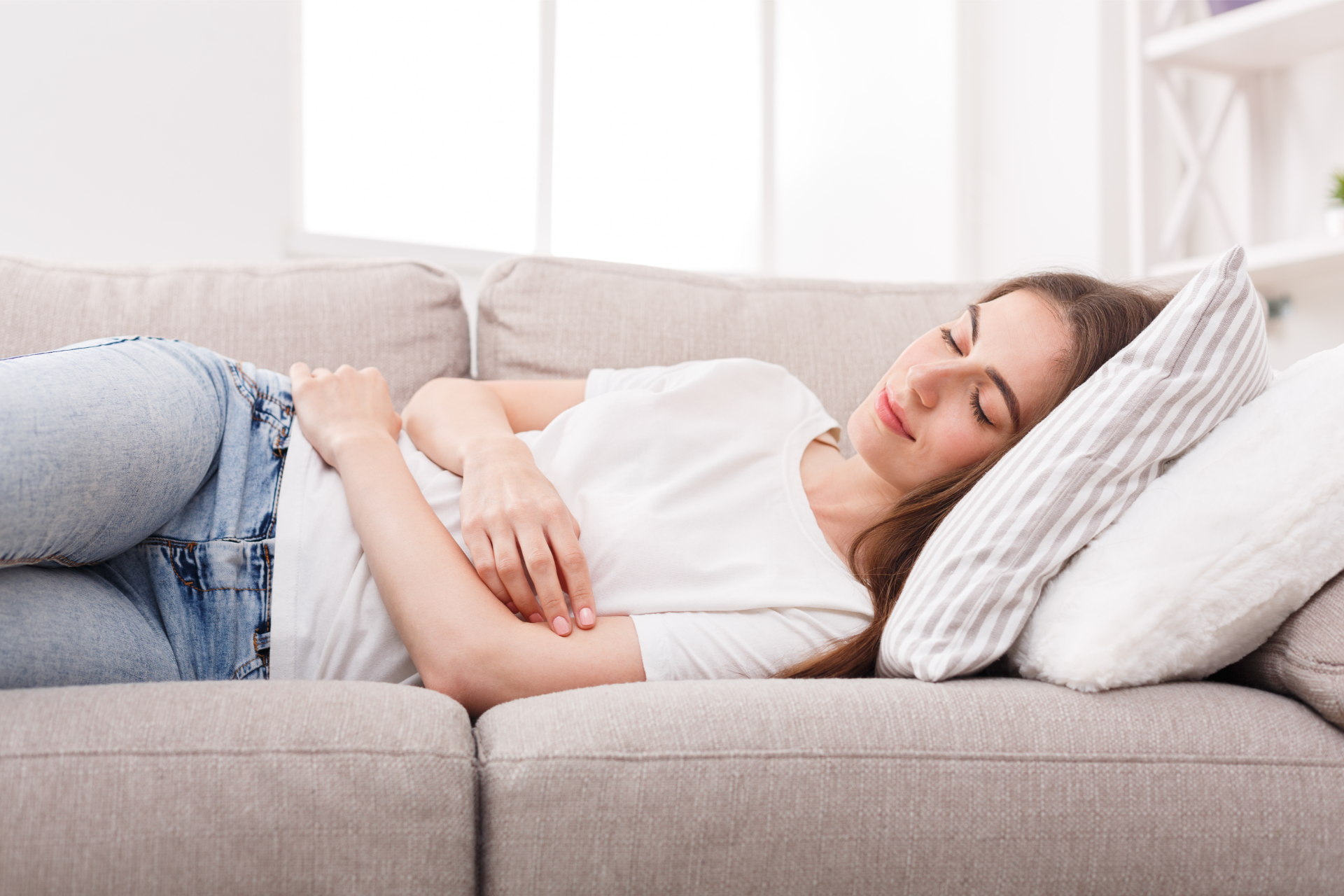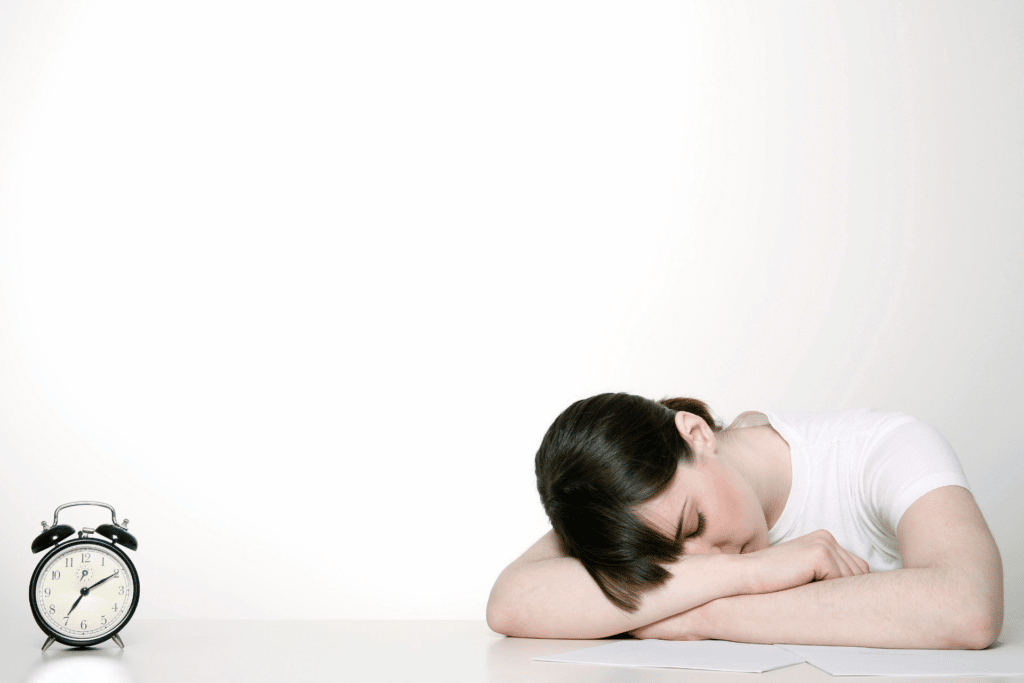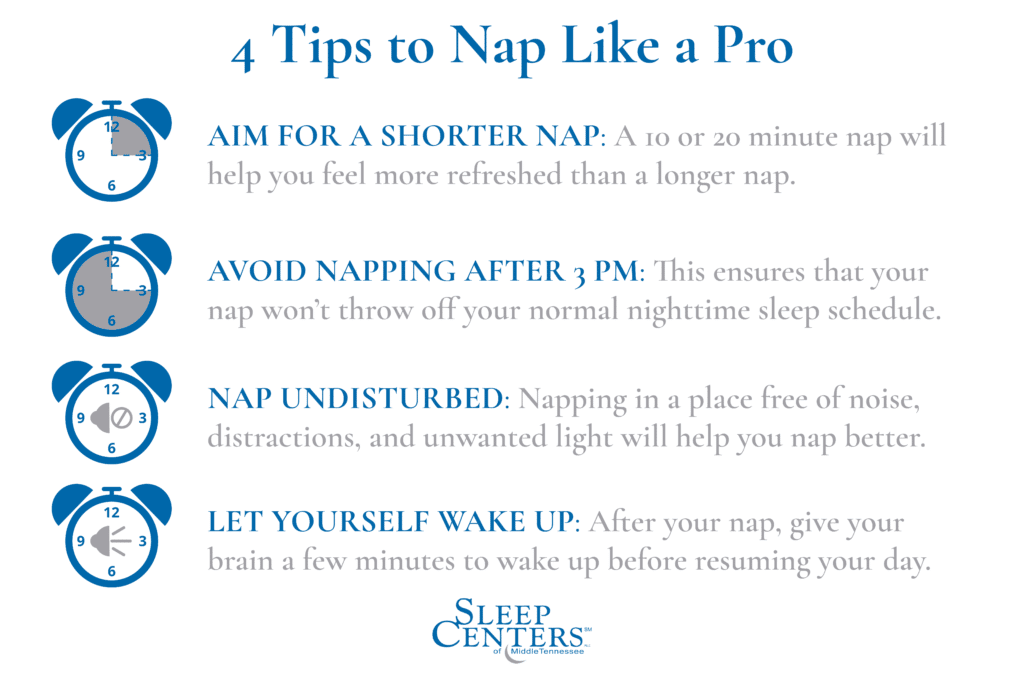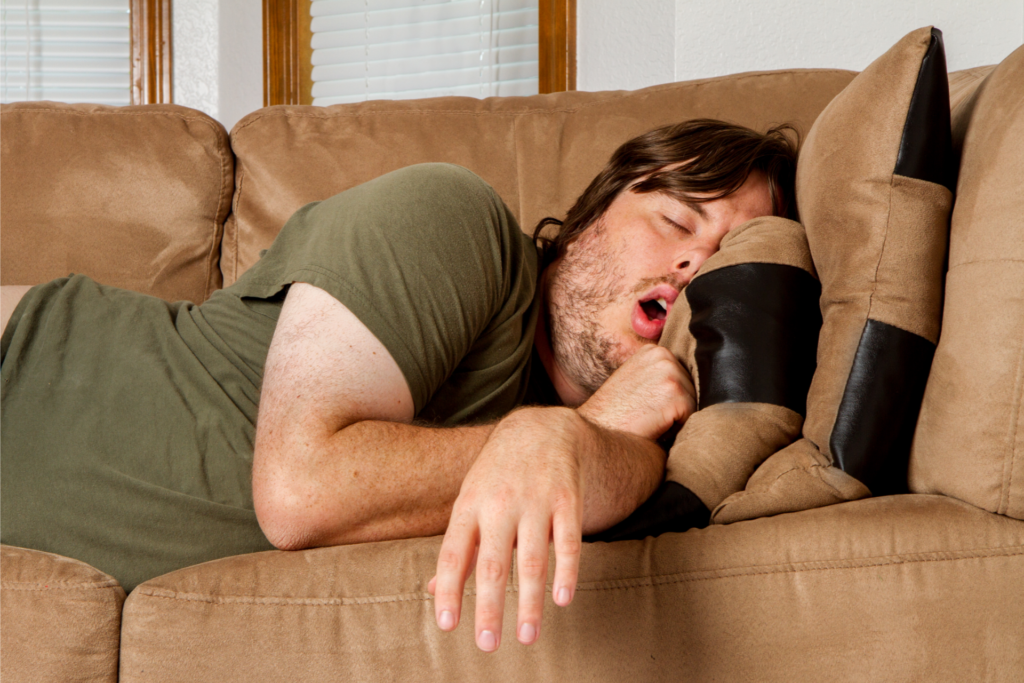How long should a nap be? Did I sleep for too long? Why do I feel even more tired?
These are the questions that come to mind after you’ve taken a daytime snooze in an earnest attempt to rejuvenate your mind, only to wake up feeling more fatigued than before.
While the length of a nap can determine your alertness, the frequency of your naps can be a sign of your overall sleep health.
If you nap for too long, you will wake up feeling weary and unfocused. If you nap too often, you may be experiencing disrupted deep sleep or have an undiagnosed sleep disorder. Napping too often may also be a sign of disrupted sleep or undiagnosed sleep disorders.
We’ll share some tips so you can perfect your napping habits without disturbing your sleep schedule and steps you can take to avoid napping too often. First, we’ll start with the common question: how long should a nap be?
How Long Should a Nap Be?
When it comes to napping, less is more— the ideal nap length is between ten or twenty minutes long.
In other words, a short nap (also known as a power nap or a catnap) is the way to go. Taking longer naps means you enter deeper sleep phases like slow-wave sleep. However, waking up during these deep sleep phases causes that familiar grogginess and disorientation that often comes after long naps.
Are Naps Good For You?
A daytime nap can be just the boost you need to beat the dreaded afternoon slump. Some benefits of napping include:
- Reduced fatigue
- Increased alertness
- Better reaction time and improved memory
However, napping can have some negative effects. These can include sleep inertia or that initial grogginess or disorientation you feel when you wake up. Napping can also potentially lead to nighttime sleep problems. Among them are disruptions to your sleep schedule and shorter sleep length. Naps can even worsen sleep disorder symptoms. We’ll talk more about this shortly.
As long as you follow some simple tips, you can nap like a pro and still sleep like a rock at bedtime.
4 Tips to Nap Like a Pro
Need to catch a nap? Try these tips to help you catch some extra ZZZ’s and wake up feeling refreshed until bedtime.
- Aim for a shorter nap. A ten or twenty-minute power nap will help you feel more refreshed than a 60-minute or longer nap.
- Avoid napping after 3:00 PM. Napping too late in the day can push your sleep schedule back and make it harder for you to fall asleep at night.
- Nap in a comfortable place free of noise, distractions, or too much light. This helps you fall asleep much more easily and rest undisturbed.
- After your nap, give yourself a few minutes to wake up before resuming your daily schedule. This is especially helpful if your tasks require quick reflexes or fast response times.
Why Don’t I Feel Well-Rested After a Long Nap?
Everyone has experienced one of those naps where they’ve slept the day away. Most likely, you’ve woken up in a disorienting, foggy haze.
This is normally the case if you’ve taken a longer nap. You never want to take longer than a 90-minute nap, because napping for too long can leave you feeling dazed and disrupt your sleep schedule.
If you find yourself taking multiple long naps throughout the week, this can be a sign of hypersomnia. Hypersomnia is a condition characterized by recurring episodes of excessive daytime sleepiness. Both hypersomnia and excessive napping point to a lack of deep sleep. A lack of deep sleep can be caused by undiagnosed sleep disorders like sleep apnea or insomnia.
Napping for multiple hours can also be a sign of sleep deprivation. So if you’re not getting enough sleep at night, your body may be trying to compensate by getting more rest during the day.
Take A Lot of Naps? Your Health May Be At Risk
As the adage goes, it’s possible to have too much of a good thing, even naps. An occasional catnap can give you a much-needed boost if you feel yourself dragging during the day. However, napping too frequently can be a sign that your health is at risk.
The Connection Between Frequent Naps, High Blood Pressure, and Stroke
A recent study published in the journal Hypertension found that people who napped frequently were at a 12 percent higher risk of developing high blood pressure and a 24 percent higher risk of having a stroke compared to adults who never nap. [1]
The study observed 360,000 participants in the United Kingdom to examine the association between napping, high blood pressure, and stroke. Participants were divided into groups based on their nap frequency— never/rarely, sometimes, or usually— and observed over the course of 13 years.
Interestingly, the study found that a higher percentage of frequent nappers were men, typically with lower income and education. They also reported tobacco use, regular alcohol consumption, as well as insomnia, and snoring. Tobacco use, alcohol consumption, and snoring are well-known culprits of undiagnosed sleep problems like sleep apnea.
However, there is an important caveat here. The study only accounted for people who napped frequently and not for nap length, so the connection between nap length, high blood pressure, and stroke is unknown.
Remember— napping itself is not unhealthy. It does provide some very real health benefits. Napping for too long or too often can be a sign of sleep deprivation and poor sleep quality. People who take naps may be doing so to compensate for poor sleep at night, especially if they have a sleep disorder.
Related: Sleep and Hypertension
The Connection Between Naps and Sleep Disorders
Undiagnosed sleep disorders can cause a lot of health problems, including an ever-growing sleep debt that becomes increasingly difficult to reverse. They can also make it harder to sleep at night, making daytime sleep seem more and more tempting when you’re running on fumes.
It may seem tempting to take an afternoon nap if a sleep disorder is making it hard to get a good night’s sleep, but it’s important to avoid napping if you have a sleep disorder.
If you have insomnia, taking a nap can make it easier to stay up beyond your normal bedtime, which can exacerbate your symptoms and make it even harder to sleep. Instead, you should avoid daytime naps and follow a consistent nighttime sleep schedule. This essentially trains your body to fall asleep and wake up at the same times every morning and night.
What is Hypersomnia?
Hypersomnia is a condition where you experience excessive daytime sleepiness, no matter how much sleep you got the night before. You can’t treat hypersomnia by getting more sleep, because hypersomnia is often a side effect of undiagnosed sleep disorders like sleep apnea.
If you have sleep apnea, you likely have hypersomnia as well. A common side effect of sleep apnea is waking up feeling tired, even if you got a full night’s sleep. So how does this connect with napping?
Napping With Sleep Apnea
The most commonly undiagnosed sleep disorder is obstructive sleep apnea. This serious sleep disorder is characterized by pauses or cessations in breathing while you sleep, depriving your body and brain of vital oxygen. These symptoms take place while you sleep, making them extremely difficult to detect yourself. Left untreated, sleep apnea can cause poor sleep, as well as health problems like heart disease, mental health disorders, and even erectile dysfunction.
As it turns out, people who take daytime naps may be more likely to have sleep apnea. A study published in the journal Sleep found that people who nap during the day share health characteristics with sleep apnea patients, such as cardiovascular disease. The findings suggest that napping itself could be an indicator of sleep apnea. [2]
If you have sleep apnea and are currently being treated for it, you should avoid napping during the day. Napping makes it harder to stick to your CPAP treatment, especially if you’re still getting used to it.
If you’re using CPAP to treat your sleep apnea, it’s vital to wear your CPAP mask every time you sleep— even for just a catnap. If you don’t, you can potentially experience dangerous hypopneas or apneas, even if you’re only asleep for just a few minutes.
You also want to avoid naps if you have sleep apnea so that you’re more tired at night. That way, it’ll be much easier to fall asleep at night while sticking to your CPAP treatment!
Sleepless in Tennessee? We Can Help.
If you’ve ever asked yourself “how long should a nap be,” remember that less can be more. A short power nap during the day can give you a much-needed boost if you’re dragging your feet in the afternoon, but an extended nap can leave you feeling groggy and sluggish.
If you have a sleep disorder like sleep apnea or insomnia, it’s better to avoid naps entirely.
If you’re consistently struggling to stay awake throughout the day, you may suffer from an undiagnosed sleep disorder such as sleep apnea. Frequent napping is a symptom of sleep apnea, and if left untreated can lead to serious health effects down the line.
Contact us today at the Sleep Centers of Middle Tennessee today to schedule a consultation. You shouldn’t have to jump through hoops to get the healthy sleep you need to function. Contact us today to get back to the restful sleep you deserve!
Citations
1. “Study Shows Link between Frequent Naps and High Blood Pressure.” American Heart Association, 25 July 2022, newsroom.heart.org/news/study-shows-link-between-frequent-naps-and-high-blood-pressure.
2. Masa, Juan F, et al. “Association between Habitual Naps and Sleep Apnea.” U.S. National Library of Medicine, Sleep, Nov. 2006, pubmed.ncbi.nlm.nih.gov/17162994/.
